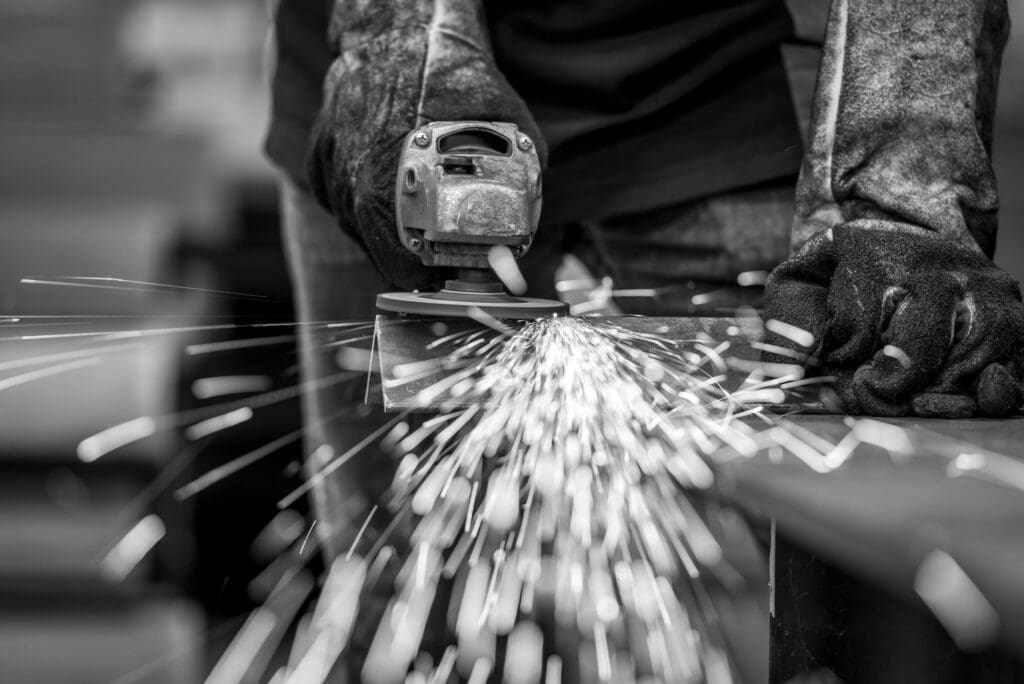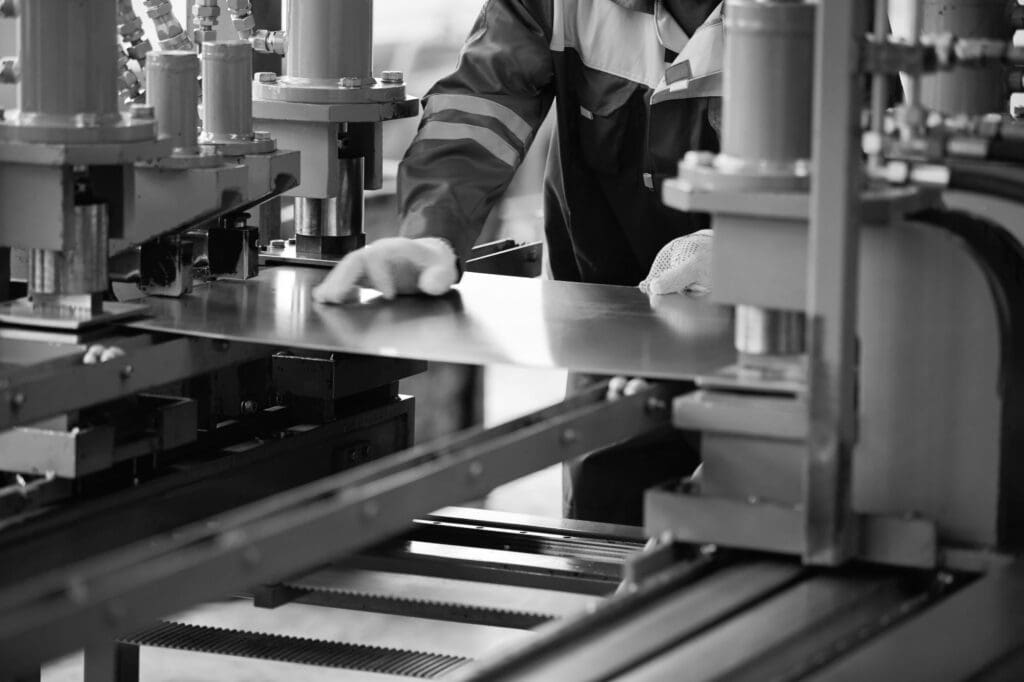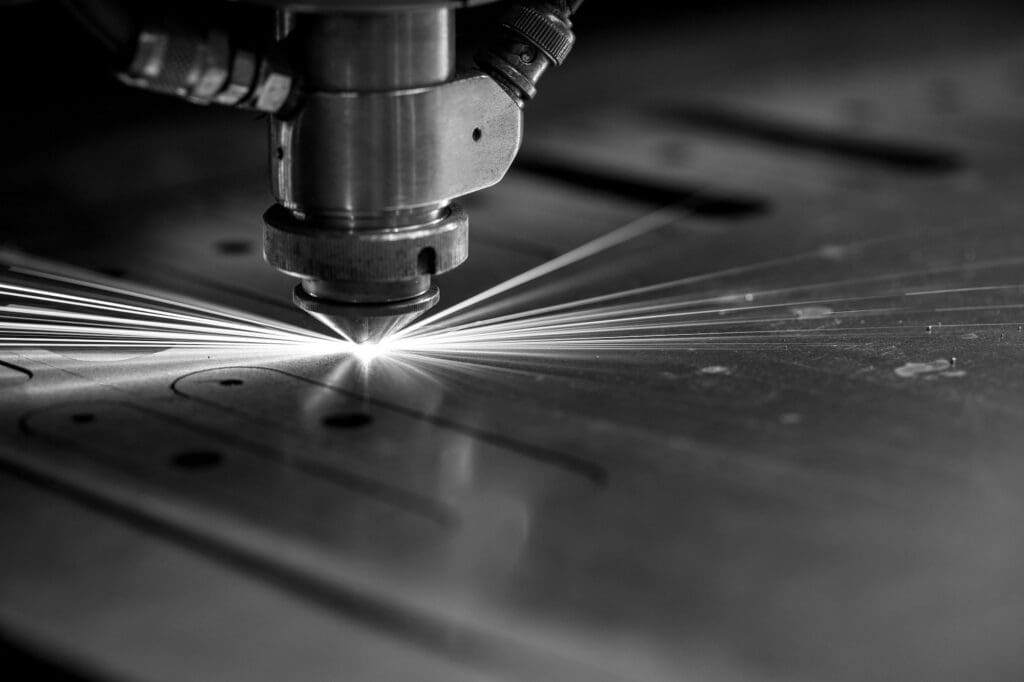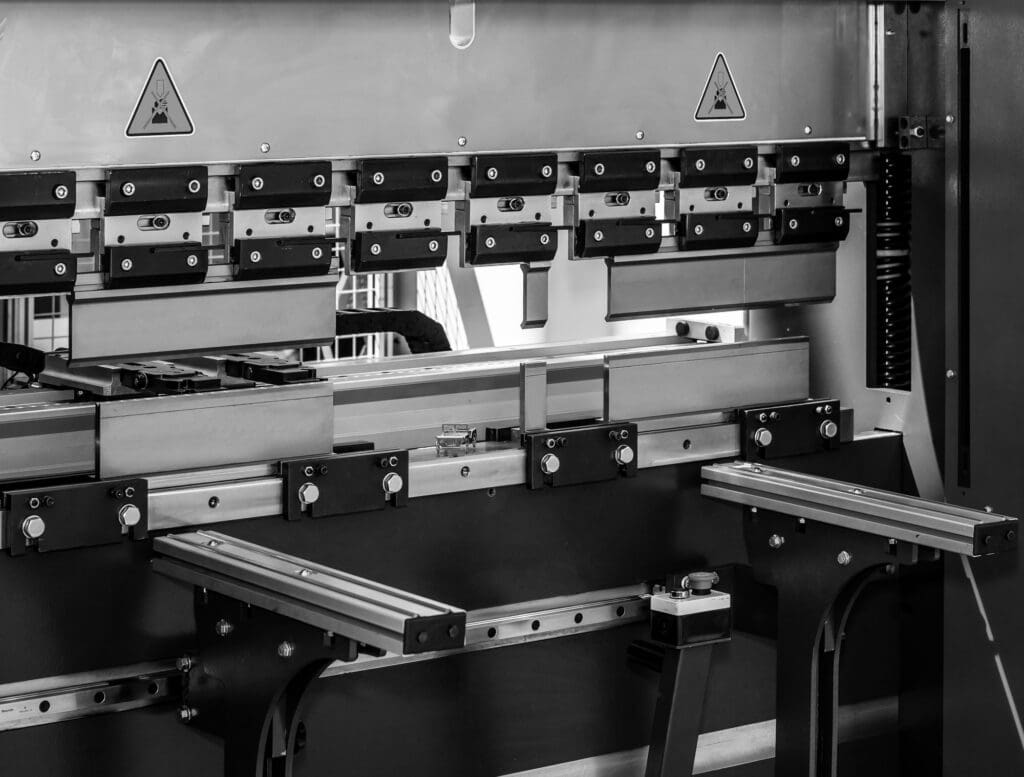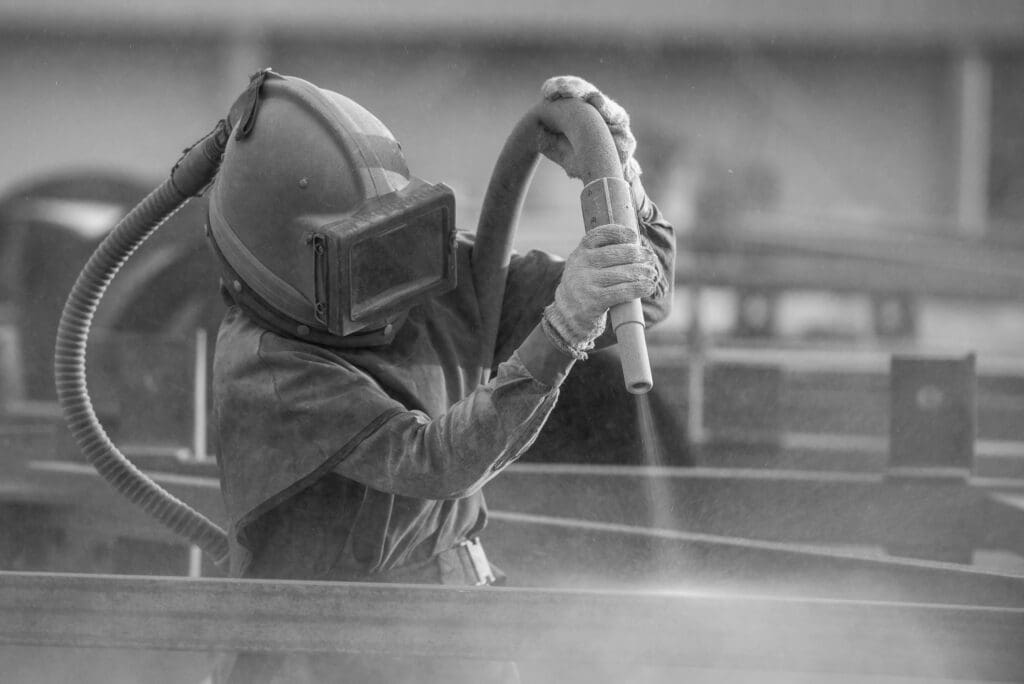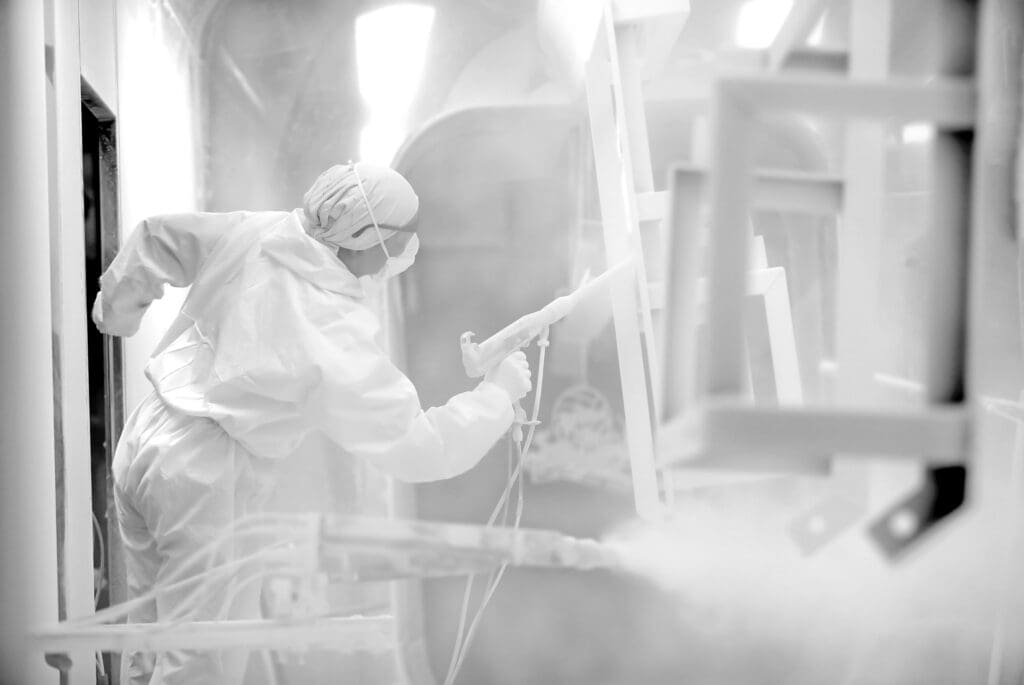Polishing involves using abrasives, buffing wheels, and polishing compounds to create a smooth, reflective surface on metal. It enhances the aesthetics of the metal and can be used for decorative purposes.
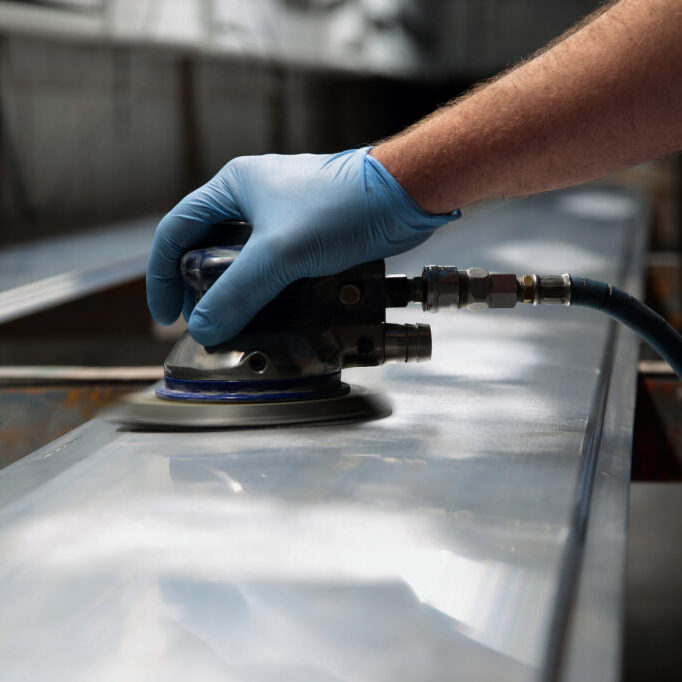
Sanding
Sanding involves using abrasive materials, such as sandpaper or abrasive wheels, to smooth and refine the surface of the metal. Sanding is usually the initial step in the finishing process and helps remove rough spots, uneven surfaces, and minor imperfections caused during fabrication. It also prepares the metal surface for subsequent finishing techniques.
Finishing
Finishing encompasses diverse methods to improve metal products' visual appeal, longevity, and resistance to corrosion. Techniques like polishing, coating, and brushing achieve desired surface qualities, while protective finishes like paint, plating, or anodizing provide enhanced durability. These methods collectively ensure the metal's final form meets functional requirements and exhibits an appealing aesthetic and robust resistance against environmental factors. There are several types of finishing methods:
Polishing
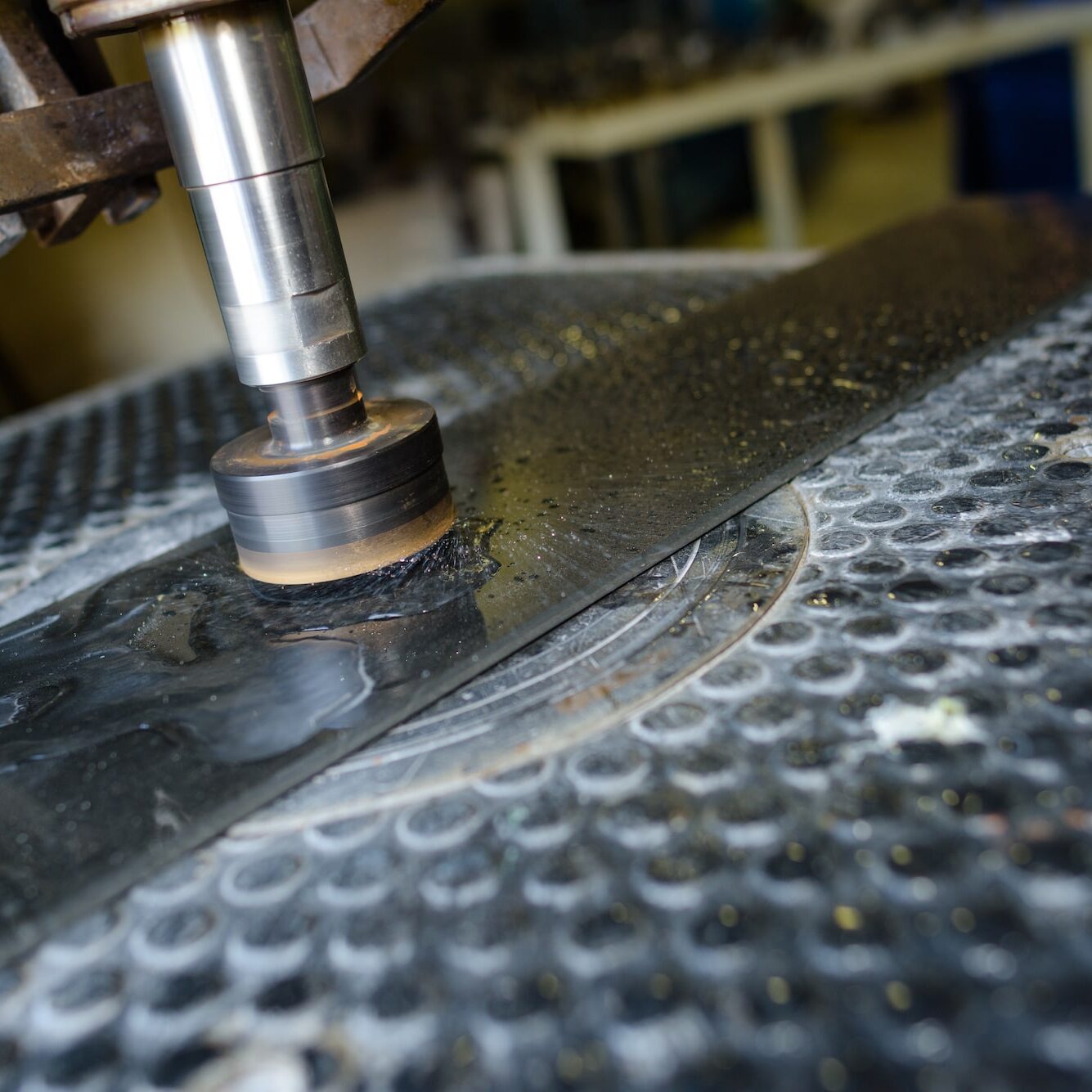
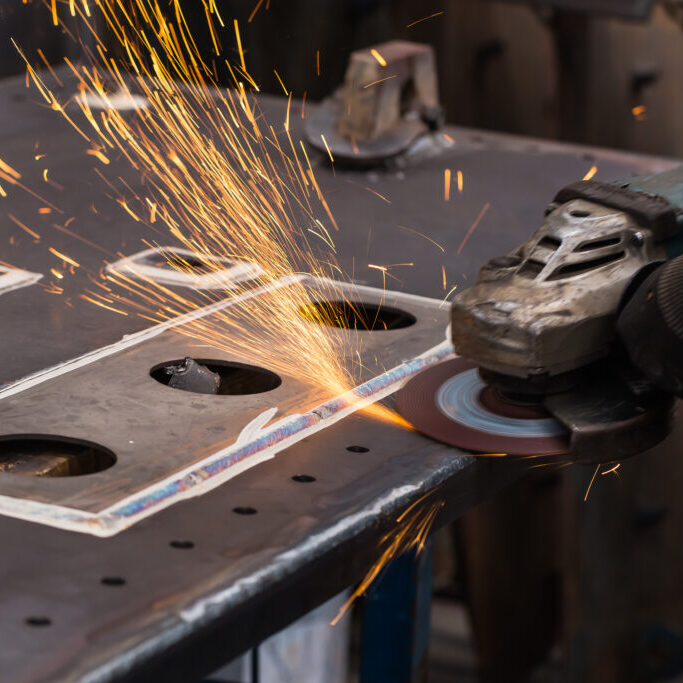
Grinding
Grinding is a more aggressive material removal process using abrasive wheels to quickly remove larger amounts of material. It's often used to achieve specific surface finishes or to prepare the metal for subsequent finishing steps.

Coating
Coating metal surfaces with protective finishes such as paint, powder coating, plating, or anodizing helps prevent corrosion, improve wear resistance, and provide color options. These coatings can also have decorative or functional purposes.
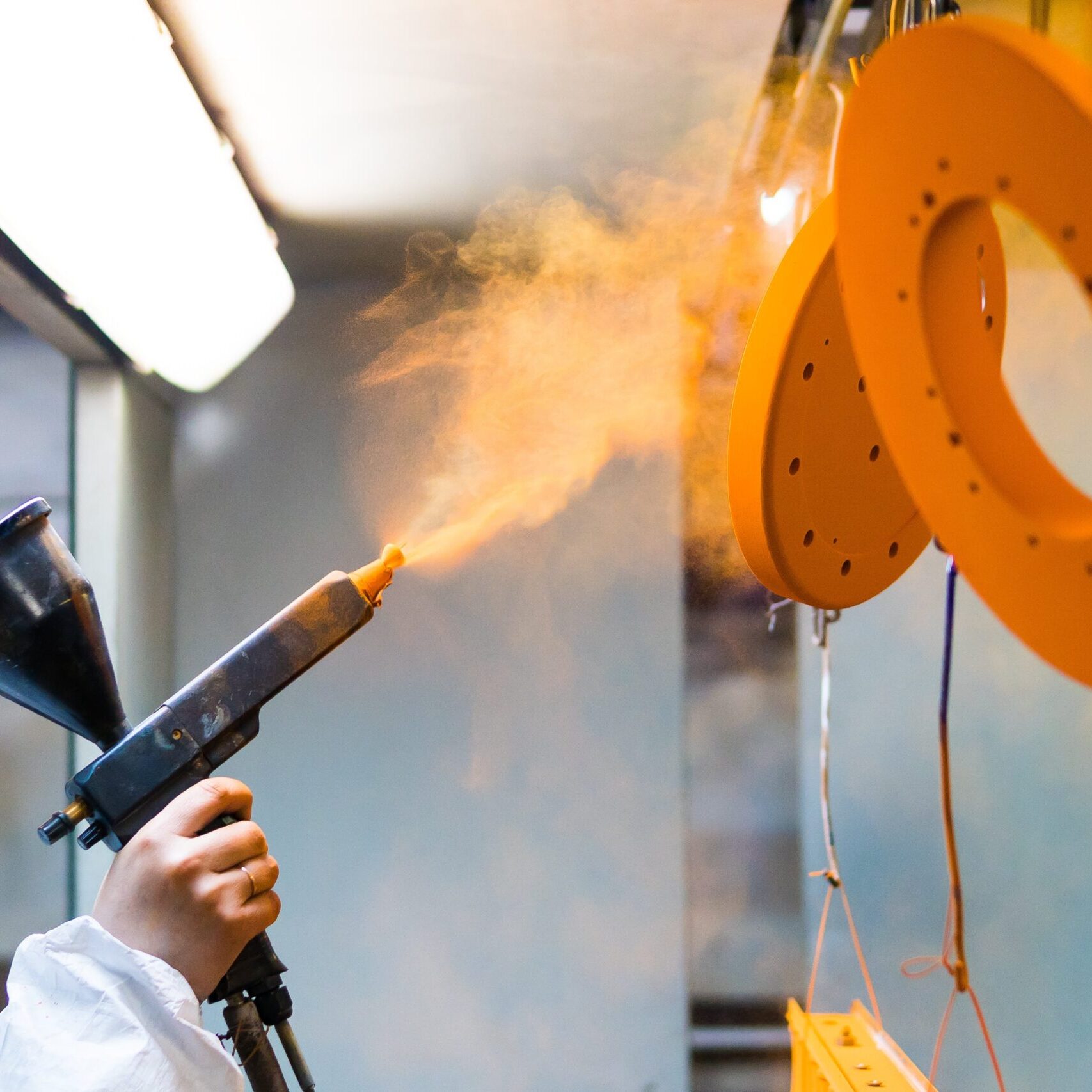

Brushing
Brushing or satin finishing involves using abrasive brushes or pads to create a consistent directional pattern on the metal surface. This technique is often used to achieve a matte or satin appearance.

Bead Blasting
Bead blasting uses high-pressure air to propel abrasive particles against the metal surface. It creates a textured, matte finish by removing a controlled amount of material.
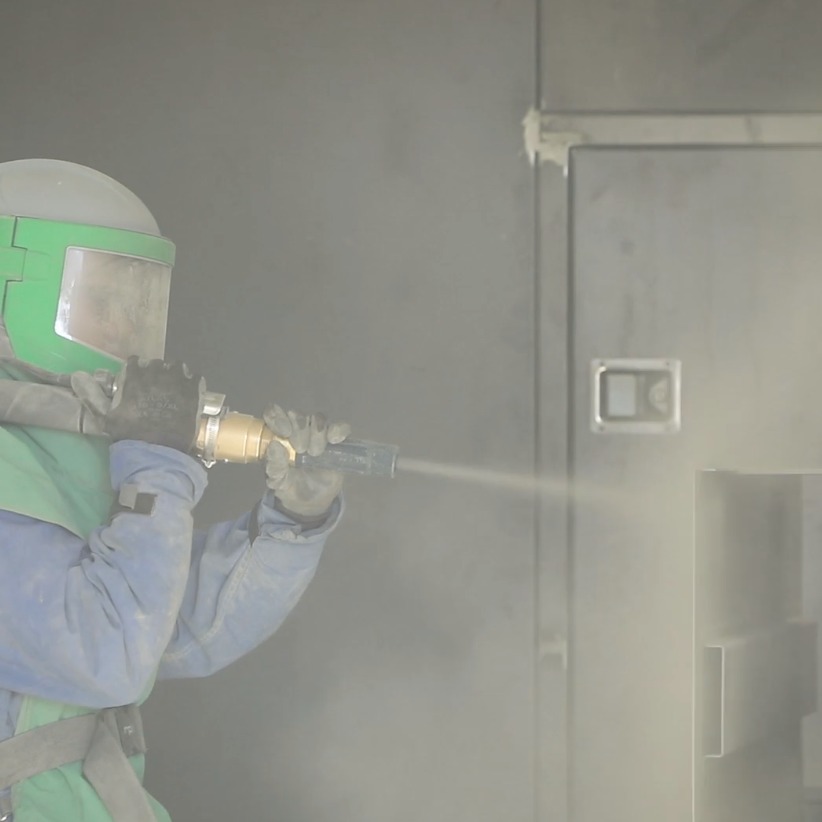

Electropolishing
Electropolishing is an electrochemical process that removes a thin layer of material from the metal surface, resulting in a smooth and polished finish. It's commonly used for stainless steel and other corrosion-resistant metals.

Choose CyCLOPs for your sanding, deburring, and finishing needs.
Sanding, deburring, and finishing are integral steps in metal fabrication that contribute to the overall quality, safety, and aesthetics of metal products. These processes ensure the final metal components meet the desired specifications and functional requirements. Our expert team at cyCLOps will work with you to examine your project and determine the specific techniques and methods to manufacture high-quality results for your application. Contact us today for a free quote.


